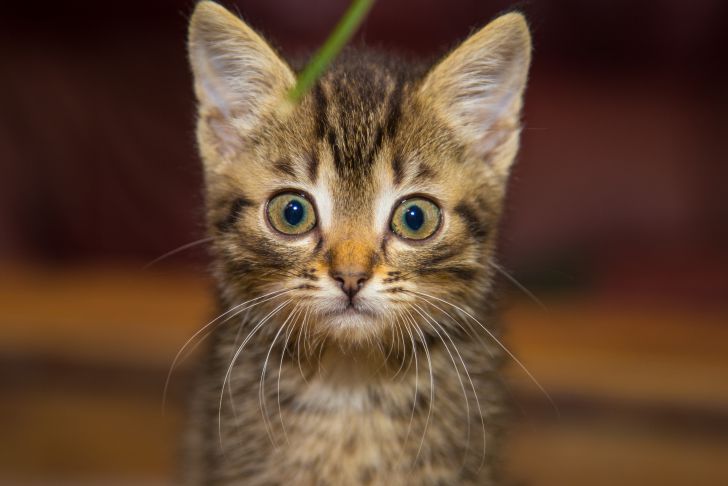Although cats have lived alongside humans for thousands of years, many of their habits still remain a mystery to us. However, if you look closely at the behavior of cats, you can understand a lot about them without words.
First, pay attention to the position of the cat's ears and tail. When the ears are turned back and the tail is lowered or tucked in, the cat senses danger or is preparing to attack.
If the ears are erect and the tail is raised high, the cat is excited or interested in something. Relaxed but straight ears combined with a rhythmically swaying tail mean a calm, friendly mood.

Also, watch the cat's eyes carefully. Dilated pupils mean that the cat is excited or scared. Squinted eyes are a sign of aggression. Slow blinking indicates calmness and trust.
The sounds a cat makes also carry a certain meaning. Purring usually means that the cat is happy and feels safe.
Meowing can mean both a request for attention and an expression of anxiety or discomfort. Hissing and snorting indicate aggression and readiness to defend.
A cat's postures are also telling. A cat lying on its back with its belly exposed is completely trusting and relaxed. A cat curled up in a ball is probably sleeping. A cat arching its back is ready to attack or defend. Stretching and yawning usually mean that the cat is tired or bored.
A cat's body can tell a lot about the mood and intentions of these furry creatures.
Pay attention to how the cat holds and moves its tail. When a cat slowly sways its tail from side to side, it means that it is calm and content with life.
A quick flick of the tail indicates excitement or interest in something. A tail tucked between the legs means the cat is scared or worried. A pricked tail and bristling fur on the back warn of aggression.
Pay attention to how the cat moves. A soft, smooth gait is a sign of calm. Hesitant, cautious steps indicate alertness and concern. Hurried walking and running indicate excitement. A cat that slowly creeps along with its body pressed to the ground is most likely hunting.
Stroking, rubbing against legs and purring are signs of affection and love. Scratching and biting can mean both playfulness and aggression. To understand the difference, you need to consider the cat's general behavior and mood.
So, by observing the body language of cats, we can better understand our furry friends and live harmoniously with them. Cats can tell us a lot without words - you just need to learn to listen to them.
There have been previous reports of signs indicating severe pain in dogs .









